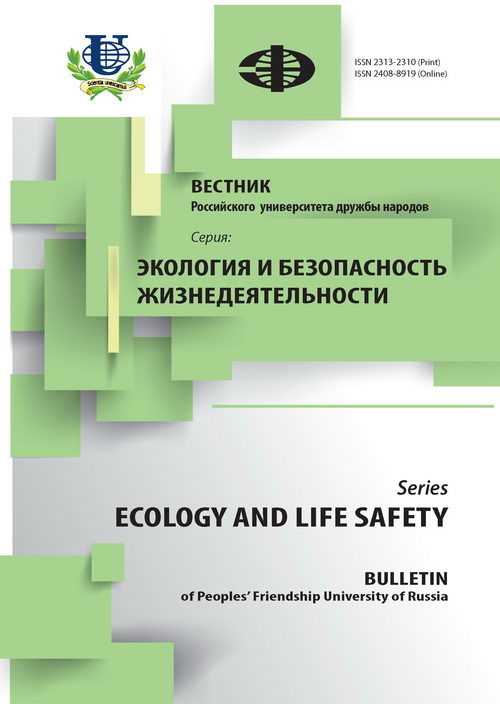Reconstruction of the paleoecological changes in the Western Sahara during the early holocene period
- Authors: Lebedeva AV1
-
Affiliations:
- Peoples’ Friendship University of Russia
- Issue: No 1 (2015)
- Pages: 132-136
- Section: Articles
- URL: https://journals.rudn.ru/ecology/article/view/12495
- ID: 12495
Cite item
Full Text
Abstract
The objective of this study is to understand the past environmental changes in the Western Sahara, Morocco, from fossil pollen assemblages. In order to reconstruct the climate and vegetation in this area during the late Holocene, a coring of 450 cm was collected from Sebkha Imlily. The fossil record covers the last 4500 years. The pollen content of 23 samples was extracted from this coring and analyzed using a light microscopy. Palynological data allowed to estimate the presence and abundance of different plant taxa such as Artemisia and Chenopodiaceae. In order to use these two taxa, which are strongly present in the pollen data, to reconstruct past changes was used the following ratio: Artemisia / ( Chenopodiaceae + Artemisia ), which allowed to assess the variability of aridity in the Sebkha. This ratio translates the degree of local aridity which allowed to state that there are significant changes in the available moisture in the study site and significant environmental changes during the Holocene. These changes suggest that the late Holocene climate in the Sahara was probably quite unstable.
Keywords
About the authors
A V Lebedeva
Peoples’ Friendship University of Russia
Email: lav1990g@mail.ru
Ecological Department
References
Supplementary files















